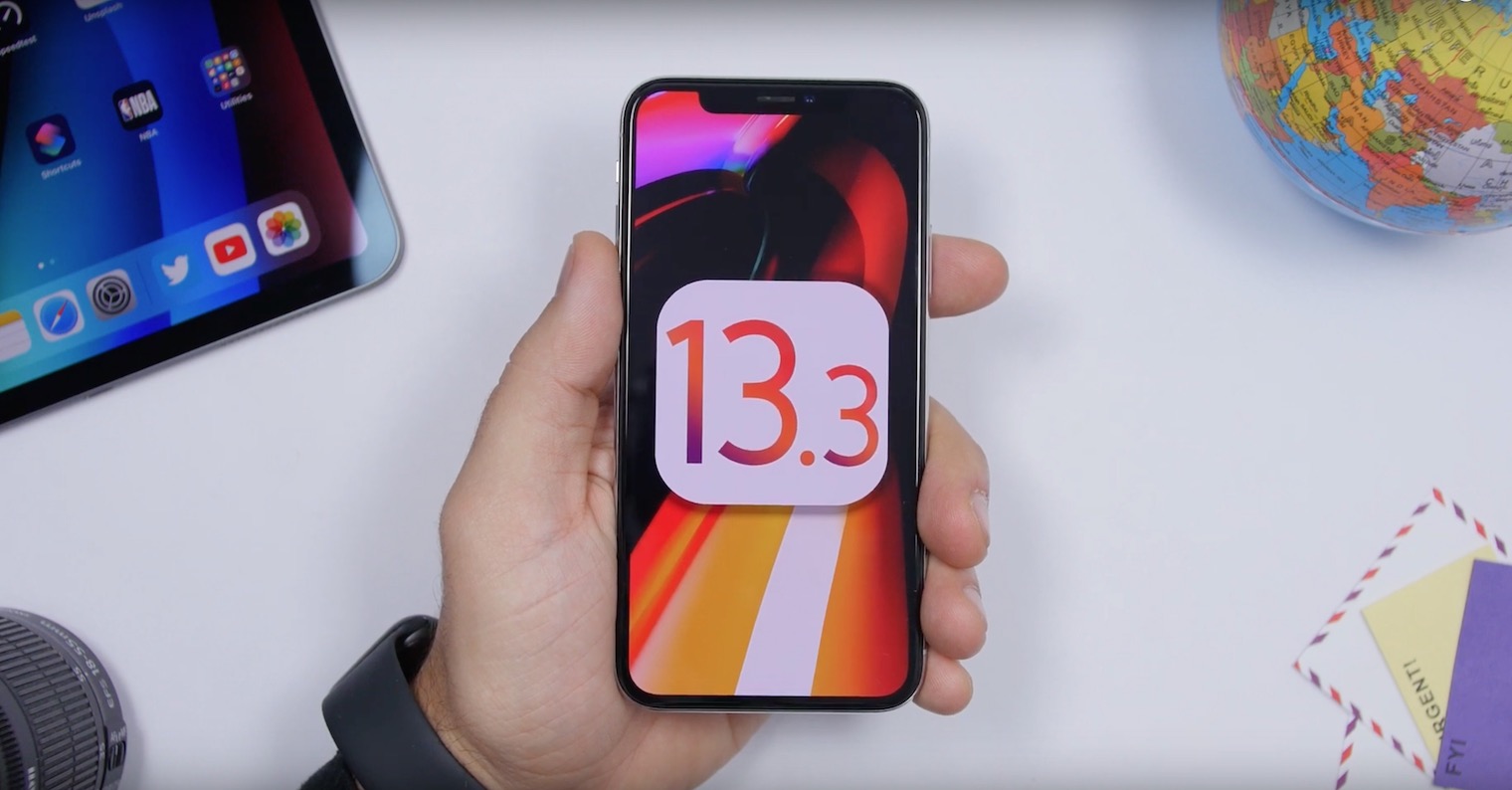A few years ago, Apple integrated the Night Shift function into iOS and macOS, the main purpose of which is to reduce the emission of blue light, which prevents the release of the hormone melatonin, which is necessary for a full-fledged sleep. Users really praised the feature – and still do today. However, a study has recently emerged that suggests that when it comes to the health benefits of Night Shift for users, things may be completely different.
It could be interest you

The aforementioned study, conducted by the University of Manchester, shows that features like Night Shift and similar ones can even have the opposite effect. For a number of years, experts have recommended reducing the user's exposure to blue light, especially before going to sleep; they are even available special glasses, which can reduce the effects of this type of light. Reducing blue light helps to better prepare the body for sleep - at least that was the claim until recently.
But according to experts from the University of Manchester, it is possible that functions such as Night Shift actually confuse the body and do not help you rest much - under certain circumstances. The aforementioned study claims that more important than the display's color tuning is its brightness level, and when the light is uniformly dimmed, "blue is more relaxing than yellow." Dr. Tim Brown conducted the relevant research on mice, but according to him, there is no reason to believe that it could be any different in humans.
The study used special lights that allowed the researchers to adjust the color without changing the brightness, and the result was the finding that the color blue had a weaker effect on the "internal biological clock" of the mice tested than the color yellow at the same brightness. Despite the above, however, it is necessary to take into account that every person is unique and blue light has a slightly different effect on everyone.

Source: 9to5Mac
I don't have a problem falling asleep, in any case, the function is great because it doesn't hurt my eyes from the screen at night.
It's not entirely accurate, the study has animal models with genetically engineered cone counts, the light labeled yellow and blue have the same melanopsin impact of 13,7 and the peak in blue ~450nm the same height. One cannot even agree with the opinion that the sun is more yellow during the day. The study actually just shows that it's best to really turn off your phone at night. You can find comments and pictures at: https://www.facebook.com/100001688780639/posts/2691479970918269/